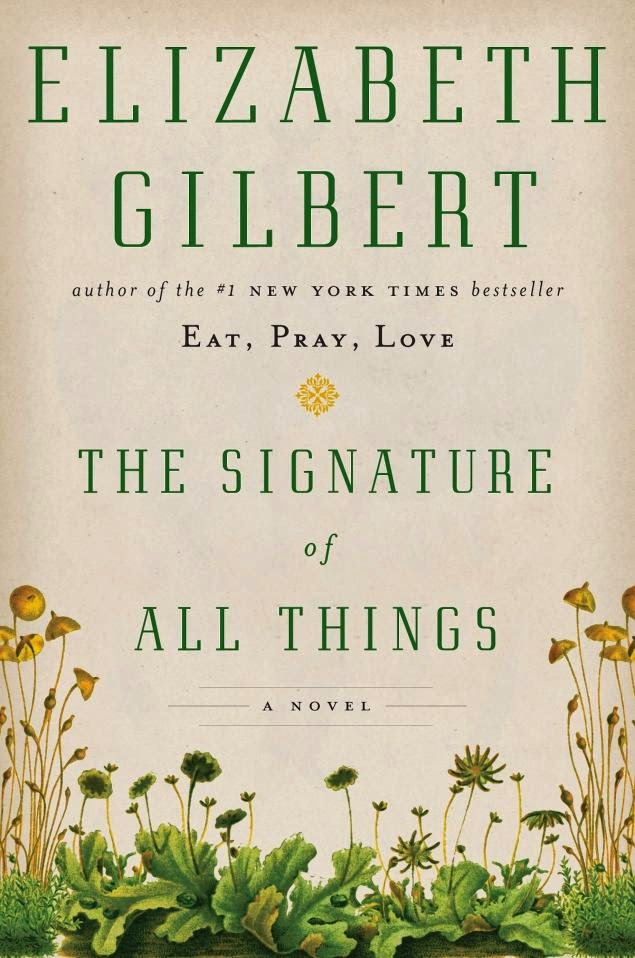 Oleander Girl (2012), by Chitra Divakaruni, is a Bildungsroman that combines many themes. The story is set in the year 2002 - a year in which Hindu/Muslim violence is occurring in parts of India (Gujarat Province) and ethnic intolerance is evident in post 9/11 America.
Oleander Girl (2012), by Chitra Divakaruni, is a Bildungsroman that combines many themes. The story is set in the year 2002 - a year in which Hindu/Muslim violence is occurring in parts of India (Gujarat Province) and ethnic intolerance is evident in post 9/11 America.The book begins in Kolkata, India - the birthplace and childhood home of the author. Here we meet the chief protagonist, Korobi Roy. Her mother, she is told, died in childbirth and her American father died shortly thereafter in an auto accident. Nineteen year old Karobi has been brought up in a traditional Hindi home by her beloved grandparents. Indeed, the mansion she grows up in is a character in itself, housing a century old temple and surrounded by beautiful grounds.
Karobi has led a sheltered life. She is both doted on and held to high standards of conduct by her grandfather, Bimal. He is depicted as a loving tyrant determined to maintain Karobi's childlike qualities. Not surprisingly, she falls in love with the handsome and worldly Rajat. Rajat is a complicated and tormented young man whose family is among the nouveau riche. Like many young men of his class and generation, he has been associating with a fast and non-too-savory crowd. Attempting to get away from a passionate affair with the duplicitous Sonya, he proposes marriage to Karobi. He loves her for the very things he does not have - innocence and a revered family name.
When a family tragedy occurs - the death of Bimal - her grandmother confesses a dark secret about Karobi's past. As a result, Karobi embarks on a month long exploratory trip to the United States to discover the truth. Using the mythic journey motif, Divakaruni weaves an engaging mystery around Karobi's adventures. Along the way, she learns the meaning of friendship, forgiveness, and love.
Oleander Girl blends mysticism with mystery as it examines the class system in a changing India.The characters, even minor ones, play a significant role in the story. Divakaruni's writing is evocative as she weaves this tale of young love and familial bonds.
To listen to an interview with the author and learn more about this book, click here.
Check Our Catalog







